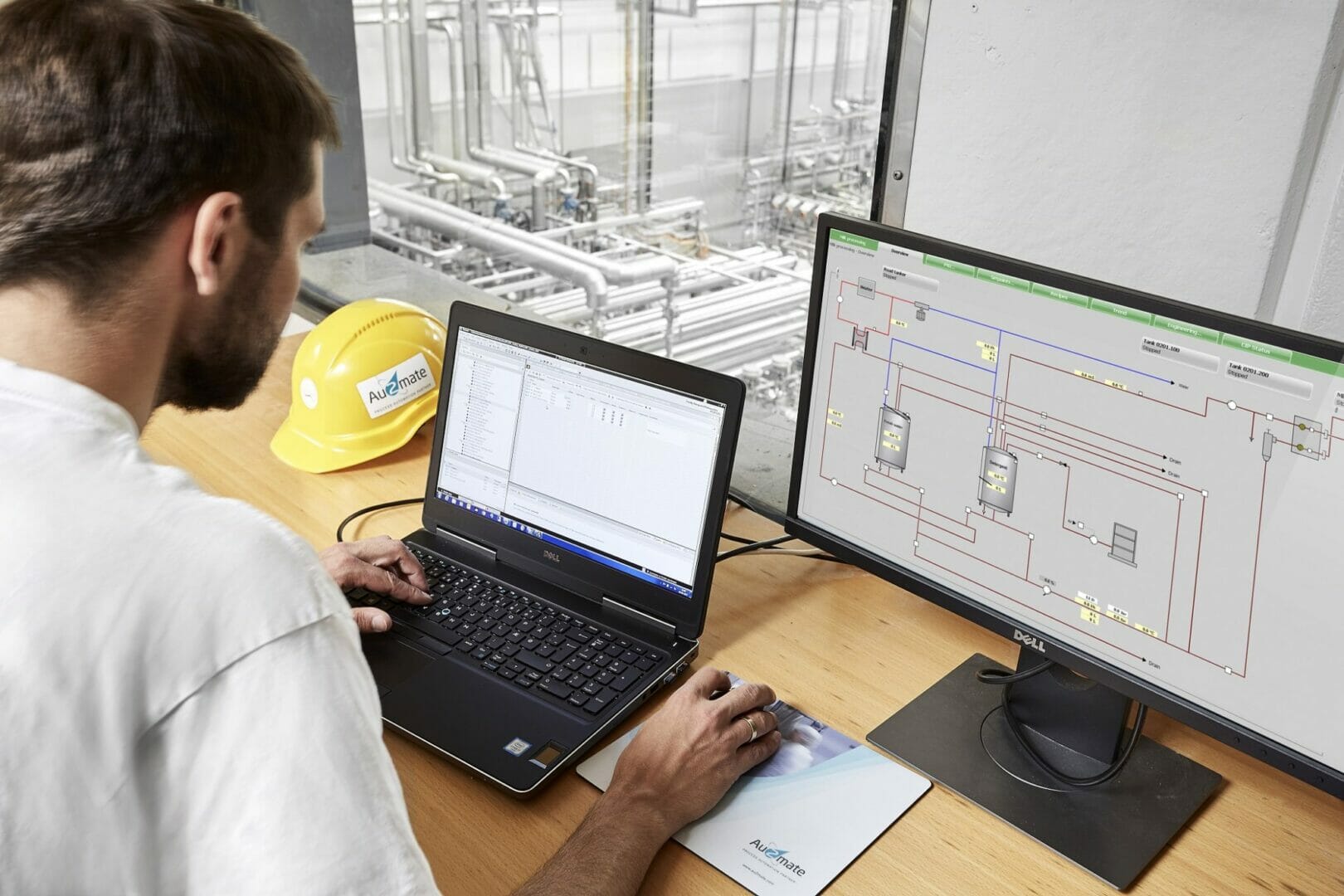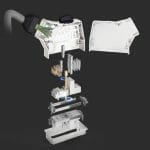~ Automation advantages for dairy processing ~
According to the Waste and Resources Action Programme (WRAP), dairy processors waste over 13,000 tonnes of milk every year. Here, Lee Sullivan, divisional director of sales at Au2mate, a technological leader in dairy processing, explains how process automation can be used to reduce these inefficiencies, while boosting profits.
Minimising waste is a critical part of all food processing strategies. However, the onus is particularly high for the dairy sector. Outside of processing, the scale of milk waste is colossal. In fact, it’s estimated that over 33,000 tonnes of milk waste occurs each year from a mixture of homes, the supply chain and in manufacturing.
Combined with the competitive nature of the sector, dairy processors are under increasing pressure to keep waste, and therefore costs, low. In fact, according to a report analysing profitability in the dairy industry, margins fluctuate wildly between processors in different countries – with some nations boasting eight times higher profits than their neighbours.
When evaluating profitability in dairy — without getting into the granular detail of farming and milking — there are a huge scope of factors that can impact costs. However, there’s no doubt that minimising energy and product waste is essential.
Upgrading a control system
By their very nature, control systems help processors achieve better operational management. In their most established form, a control system will connect all components and applications in a dairy processing facility — from pasteurisation and evaporation, right through to cooling and ventilation systems.
As part of a project with Arla Foods, Au2mate upgraded a control system for a Cheese Dairy facility in Denmark. With a yearly production of 58,000 tonnes of cream cheese, the facility contained over 3,500 individual components, all of which had the potential to reveal valuable insight into their functions, energy usage and waste.
Upgrading the software to Au2mate’s ISA 88 standard, generated an improved and structured design philosophy. This ensured that phase sequence control was more efficient, trimming the programs to recover valuable time and recover from wash cycles quicker. The result was a reduction in electricity, steam, and ice water use by more than 20 per cent and a 30 per cent reduction in costs for water and chemicals.
Overall Equipment Effectiveness (OEE) tools provide another method to improve production, energy use and general equipment effectiveness (downtime reasons for example). The OEE software module by Au2mate can be implemented to collect data from plant components using an OPC-connection. With an intuitive frontend for viewing, the module can present technical data in a digestible way, allowing operators to spot where further improvements could be made.
Reducing product waste
Alongside energy reduction, process automation technologies can be used to reduce product waste in dairy processing. Manufacturing Execution Systems (MES) have long been used for waste identification in processing, but when integrated with enterprise technologies such as Enterprise Resource Planning (ERP), can provide an additional safety net to reduce waste to an absolute minimum.
In a milk processing environment, for instance, a decision-maker can use production data to manage processing execution. Tracking the transformation of products from raw materials right through to finished goods, for instance, from unprocessed milk through to a skimmed or semi-skimmed product and ensuring all cleaning-in-place (CIP) is completed effectively.
With this increased visibility, operators have more insight of the yield and respective waste of a specific batch or even time — if the process is waiting for a CIP to end then this is inefficient. From there, they can determine the appropriate changes to make the process less wasteful.
Dealing with a product that is notorious for high volumes of waste, dairy processors have a responsibility to keep industrial waste to a minimum. By using process automation technologies to do so, they will reap the financial benefits required to increase profit margins in a famously competitive space.
More information on Au2mate and its process automation technologies for the dairy industry can be found at www.au2mate.com.








